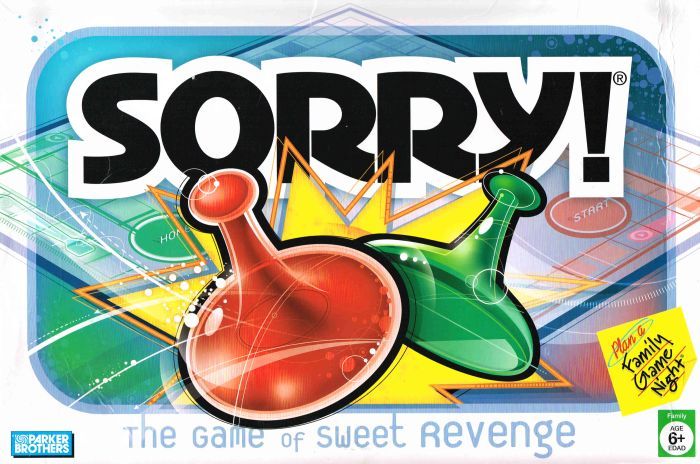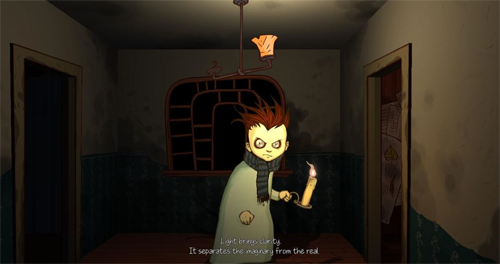Last week the New York Times ran a piece on gender and toys/costumes and it really got me started thinking, especially after Pea and I went on our annual post-Halloween half-price costume stock-up trip (it’s a thing, trust me). While I thought that we could run in, fight the crowds, and grab a couple of swanky costumes, it turned into a two-hour ordeal. And I say ordeal not because Pea didn’t know what she wanted (because she did), but rather because she knew which costumes she wanted. Michaelangelo from Teenage Mutant Ninja Turtles and Wolverine were high on her list and a new Spider-man costume to replace the one that is now too short was a close runner up. Simple, right?
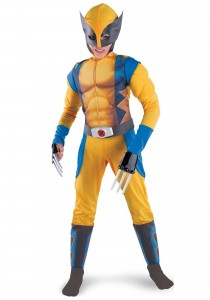 Not so simple at all. Even after digging through piles of costumes to find the right sizes and packs that had all of the accessories we noticed something. The costumes were all padded to make the wearer look like they had chiseled six packs and huge muscles. And this was declared by Pea, “Ridiculous!” So then began the search for superhero costumes without all of the extra padding. We were eventually able to find the one (yes, one) Spider-man costume that came without padding and opted not to get the Wolverine costume at all because we were pretty sure that there would be no fabric left by the time we finished cutting pockets into the lining in order to remove the offending pads. Even more notable than the aesthetics of the pads themselves was the fact that my daughter reported that the costume itself was uncomfortable and that the padding hurt when she tried it on.
Not so simple at all. Even after digging through piles of costumes to find the right sizes and packs that had all of the accessories we noticed something. The costumes were all padded to make the wearer look like they had chiseled six packs and huge muscles. And this was declared by Pea, “Ridiculous!” So then began the search for superhero costumes without all of the extra padding. We were eventually able to find the one (yes, one) Spider-man costume that came without padding and opted not to get the Wolverine costume at all because we were pretty sure that there would be no fabric left by the time we finished cutting pockets into the lining in order to remove the offending pads. Even more notable than the aesthetics of the pads themselves was the fact that my daughter reported that the costume itself was uncomfortable and that the padding hurt when she tried it on.
Now aside from the obvious issues of muscle bearing, six-pack toting, gendered superhero costumes and the ways that they exclude girls (newsflash: Wolverine’s a girl now), let’s think for a moment about what these costumes do to the little boys they were intended for and their ideas of body image. Are the pre-pubescent boys who wear these costumes expected to aspire to this non-realistic, zero body fat physique? Is this their ideal? Is it their dream?
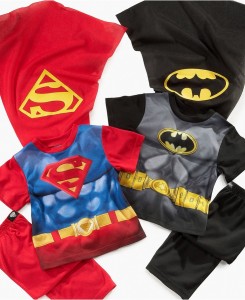 And dream they can, all while wearing pajamas that not only mimic the musculature that we see in the Halloween costumes, but also reflect a perfect hour-glass waistline. Pajamas that aren’t satisfied with the artistic rendition of muscles to “beef up” young boys, but must resort to drawing waistlines and body shapes of unnatural proportions on top of regular-sized children’s pajamas to show them what they “should” look like as superheroes. This is especially problematic when we make note of the fact that the number of men diagnosed with eating disorders has risen by 27% since 2000. What does it say about a trend to create costumes that mimic the unrealistic body types that some people with eating disorders aspire to?
And dream they can, all while wearing pajamas that not only mimic the musculature that we see in the Halloween costumes, but also reflect a perfect hour-glass waistline. Pajamas that aren’t satisfied with the artistic rendition of muscles to “beef up” young boys, but must resort to drawing waistlines and body shapes of unnatural proportions on top of regular-sized children’s pajamas to show them what they “should” look like as superheroes. This is especially problematic when we make note of the fact that the number of men diagnosed with eating disorders has risen by 27% since 2000. What does it say about a trend to create costumes that mimic the unrealistic body types that some people with eating disorders aspire to?
Some people are dismissing conversations about gender and clothing and costumes because it’s a “feminist” issue that only women have to worry about, but unrealistic gender expectations and body shaming is something that extends to men and boys as well. Sexism is extending in such a way that the stereotypical gender roles and body expectations are being made manifest in clothing aimed at little boys.
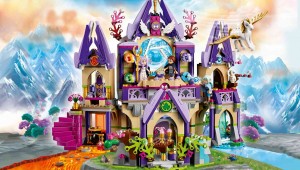 And all of this comes at a time when companies, like Target where we went costume shopping, are purportedly making children’s toy aisles more gender neutral, something that has not gone as well as I, personally, had hoped. While Target made promises to no longer segregate and separate toys according to gender, they may have made things less pink, but girl dolls are still separate from boy dolls and Lego Marvel kits are still separate from Lego Friends and Elves kits. The changes at Target were, in may ways, in press release only. And it begs the question: why pay lip service to gender neutrality if you are not actually going to follow through? What purpose does it actually serve to separate certain Lego kits from others other than to stigmatize the child who dares cross that gendered line in the sand (or to keep others firmly behind it)? What does anyone really gain from pushing these gender lines so heavily in children?
And all of this comes at a time when companies, like Target where we went costume shopping, are purportedly making children’s toy aisles more gender neutral, something that has not gone as well as I, personally, had hoped. While Target made promises to no longer segregate and separate toys according to gender, they may have made things less pink, but girl dolls are still separate from boy dolls and Lego Marvel kits are still separate from Lego Friends and Elves kits. The changes at Target were, in may ways, in press release only. And it begs the question: why pay lip service to gender neutrality if you are not actually going to follow through? What purpose does it actually serve to separate certain Lego kits from others other than to stigmatize the child who dares cross that gendered line in the sand (or to keep others firmly behind it)? What does anyone really gain from pushing these gender lines so heavily in children?

